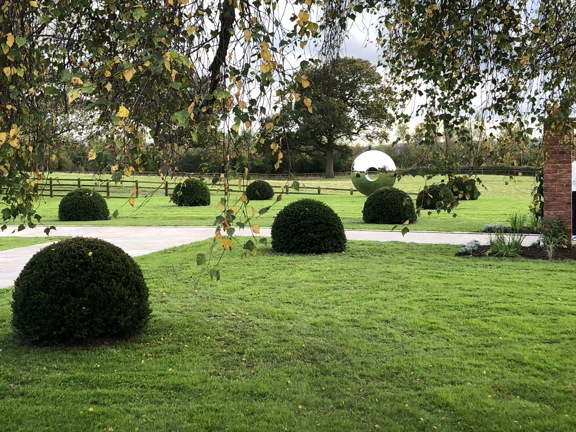
Why choose a garden designer?
Common mistakes people make when designing their gardens
The chances are that since you are reading this you are planning on making some changes to your garden. Good for you!

Your garden is a great resource. It can provide you with a fabulous outdoor living space, an outdoor room, somewhere to relax, somewhere to play, somewhere to grow fruit and vegetables, something pleasing to look at from inside your house. Investing some time, effort and money in your garden is a great move. As well as the many benefits you will gain from a great garden, it could also be adding value to your home.
If you’re planning on investing some of your hard earned money in your garden you want to ensure that you’re spending that money wisely. You don’t want to make any big mistakes. The best mistakes to learn from are those that have been made by other people, so before you start, let’s take a look at a few of the places that most people get it wrong.

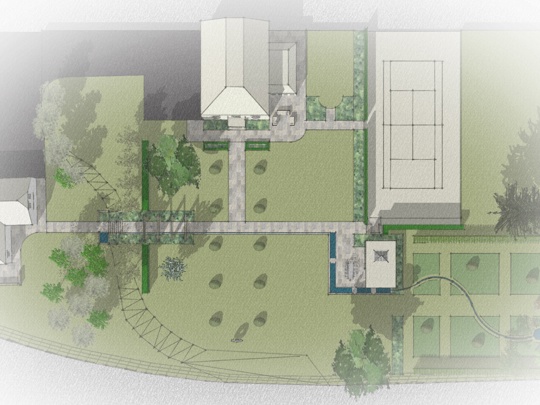
1. No overall plan
Most people develop their gardens over a number of years. This can be a great way of spreading the cost, as gardens are expensive.
- When gardens are developed a little bit at a time it often goes something like this.
- The homeowner will build a patio near the house for sitting on and entertaining.
- A couple of years later they decide they’d like a pond, and build one in a corner.
- The following year they build a pergola and plant roses to grow over it.
When they need some storage they put in a shed, which is not very pretty, and due to the pond and the pergola there’s only one place for it: right in the middle of the view from the living room window.
What is happening here is that each new feature is being dropped into the garden with no overall plan. Rather than ending up with a well thought out space where all the elements work together, what you have is a series of disconnected features plonked into the garden, often competing with each other.
This can be avoided by putting together a plan for the whole garden right at the start. You don’t have to build it all at the same time. You can still develop your garden over a number of years, but if you are working to a plan, each new feature you add will work with everything else. This means that when you finish you will have a well designed garden with all its elements fitting together to provide a really attractive and useable space.
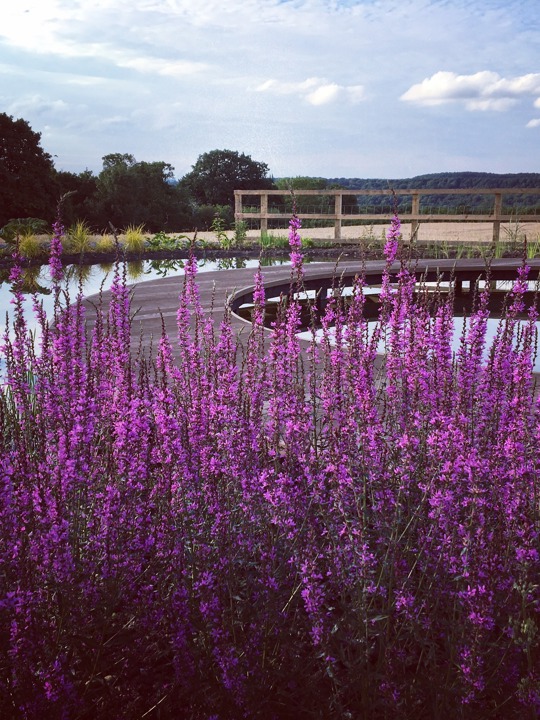
2. The proportions are wrong
You always know when you enter a balanced well proportioned garden because it feels comfortable. Proportion is as important in garden design as in any other area of design. Most people have an eye for putting together comfortable spaces in the home, but somehow, when they move outside the house that capacity seems to disappear.
People often plan the spaces in their garden based on those inside the house as this is what they are familiar with. However, the scale of the garden is nearly always considerably larger than inside the house. In fact, the garden usually contains the house, so anything which is in proportion to the inside of the house is going to look small and ungenerous.
Common areas where people get the proportions wrong include the following:-
Patio areas - those based on the dimensions of a room will be much too small. It’s worth being as generous as you can with patios to keep them flexible enough to be used for anything from two people sitting together, right up to a large family party or barbecue. A useful guide to getting the proportions of a patio or terrace right when it is next to the house is to bring it out from the house a distance which is equal or greater than the height from the ground to the eaves of the house. Anything smaller than this will look too small. Of course it’s possible to make it disproportionately large too, but if you really need that much space think about breaking it up visually by introducing areas of planting.
Steps - Garden steps built to the same proportions as internal staircases will feel too steep and possibly quite precarious. In the garden steps need to to be scaled up by creating wider, deeper treads and reducing the height of the riser. A good guide is that the treads should be a minimum of 450mm while the risers should be no more than 150mm.
Arches and pergolas - People often build them based on dimensions of internal doorways, which always look too small and disproportionate. Ideally such structures should be wider than they are high, or at least form a square. They need to be much taller than internal doors too, especially if you plan to grow climbing plants over them. A minimum height of 2.4m is a good guide. Arches and pergolas which are taller than they are high will always look uncomfortable, especially if they are supporting plant growth on top.
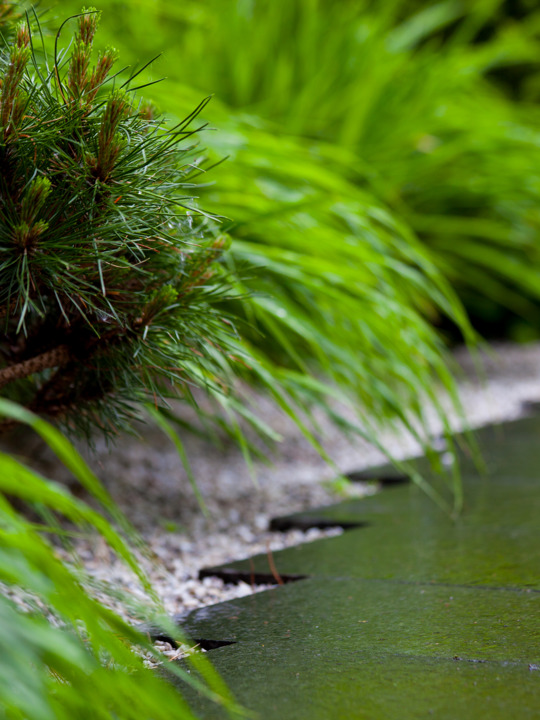
3. Too many different materials
A visit to a garden centre or a builders merchant will show you just how many lovely materials are available to use in your garden. There are many different paving slabs, timber for decking, railway sleepers, block pavers, a vast array of gravels in different colours and sizes. The list goes on… and on!
The range of available materials is so large and so many of them are so nice that people often decide to use several of them in their garden.
“Perhaps some of this paving here, with the paths in these block pavers, and that area in that gravel with a brick edging. We could have a timber deck over there, and some slate chippings here”.
Although all the chosen materials might be really nice, having so many different ones will create an uncoordinated and fussy look. Professional garden designers will keep to a limited palette of hard landscaping materials. The fewer materials used in a garden the better as there is more chance that they will all work together. A good guide is to choose perhaps two materials for all the floor coverings. This could be a timber decking with a stone paving slab, or perhaps some clay pavers with a co-ordinating gravel. This can be complemented by a different material for vertical surfaces, such as walls and archways; perhaps brick, or rendered concrete block.
Using a limited palette of hard landscaping materials will tie the whole garden together visually, and provide an unfussy framework for you to fill with your chosen plants.
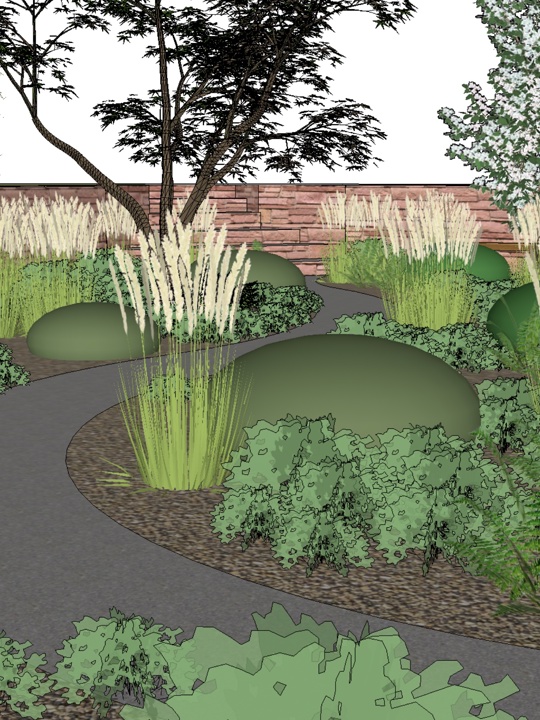
4. The planting beds are too small
(THE PLANTS ARE TOO BIG)
In many gardens space for planting is often an afterthought. Once people have allowed space for a patio or deck, a lawn, paths, a pond, a trampoline, there is often just a narrow bed with a line of plants left around the edge of the garden. The plants that are chosen are often not the right plants for the space, so end up being pruned to within an inch of their life, often into tight balls, and never allowed to show their natural form.
Giving some thought to how you can fit plants into your garden right at the start can present plenty of opportunities to create interesting and well balanced planting beds. Make beds as generous as you can. Larger beds allow you to introduce layers of planting which will make your garden feel bigger (this is especially true in very small gardens). It’s important to chose plants which will grow to the appropriate size for the space you are giving them. Unless you particularly want topiary in your garden, plants always look best if allowed to grow to their natural size, shape and form. When you buy plants the label on them will usually tell you how big they will get, or you can always check it out on the internet.
The scale, or outline shape, height and spread of plants that you can use for a particular site can have an enormous influence on the mood of the garden. It is vital to get this right, because if plants are too large a space may be claustrophobic, and if they are too small the space may feel unprotected and exposed. The scale of the planting should relate to adjoining buildings, the size of the garden and the scale of the human figure.
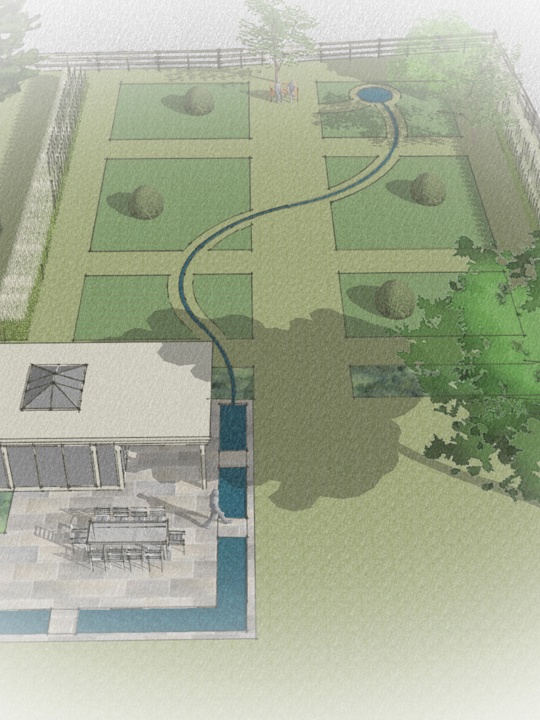
5. Too many different plants
Many gardens are full of plants which have somehow just arrived there. Perhaps some have been given to you, or you’ve bought them when they’ve caught your eye at a garden centre. This can lead to gardens being homes to collections of random plants thrown together and dotted around the garden with little thought. The result of this can be a garden with no real cohesive feel to it.
When professional garden designers chose plants for a scheme, they will start by choosing a plant palette. This will be a list of plants which are suitable for the climate, light levels and soil conditions. They will also be considered in terms of the size to which they will grow, when they will flower, and how they will work with other plants in the palette. One of the noticeable things about a professional designer’s plant palette is how few plants it contains. It allows each plant to be used several times, perhaps in larger drifts or blocks throughout a border providing a more impactful, and co-ordinated result.